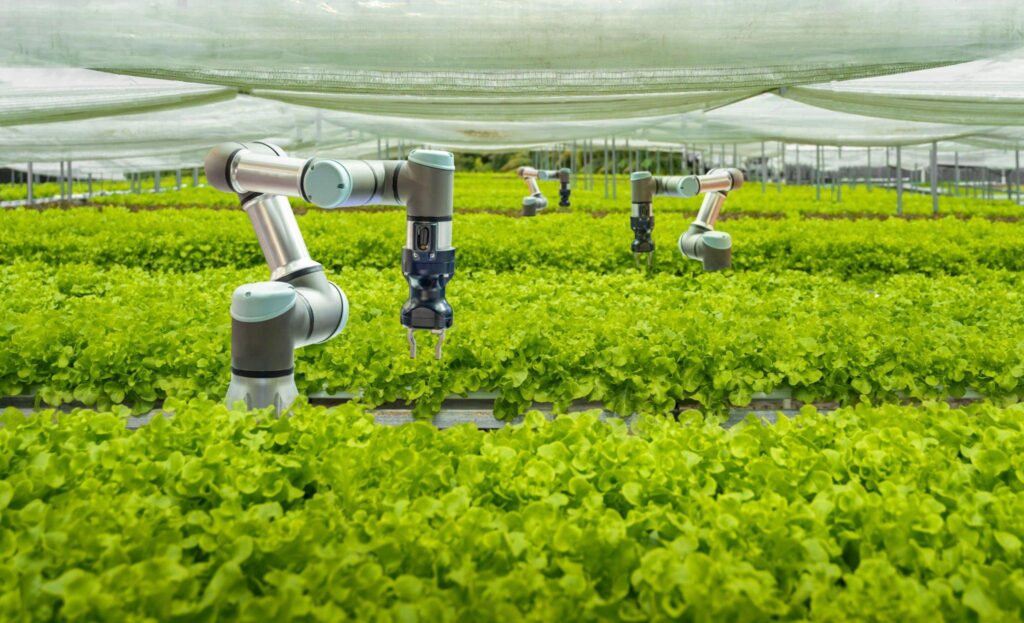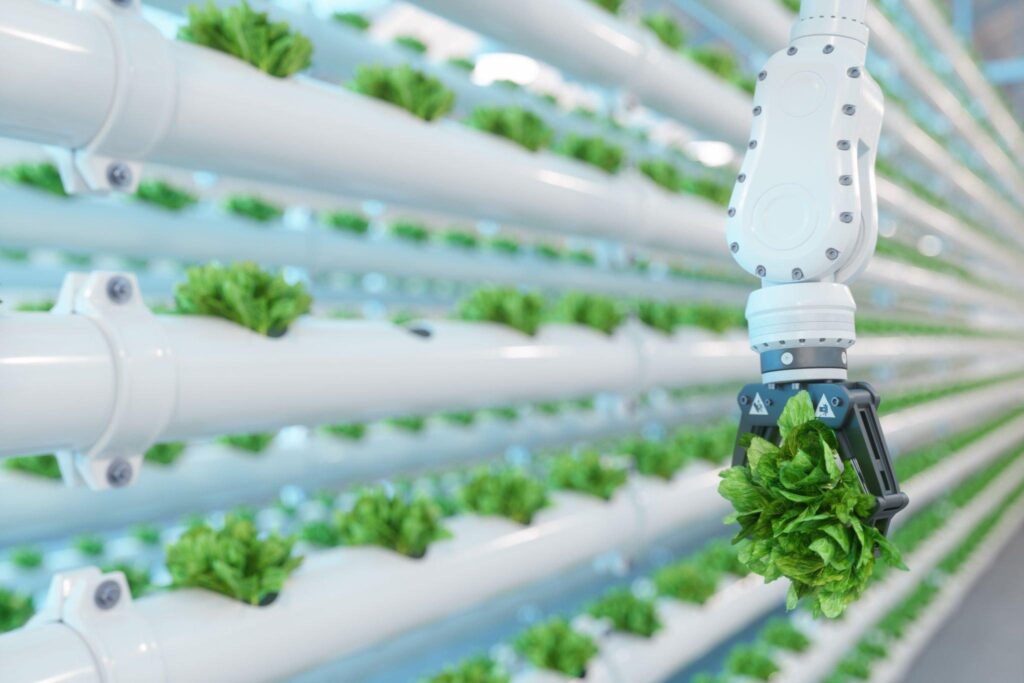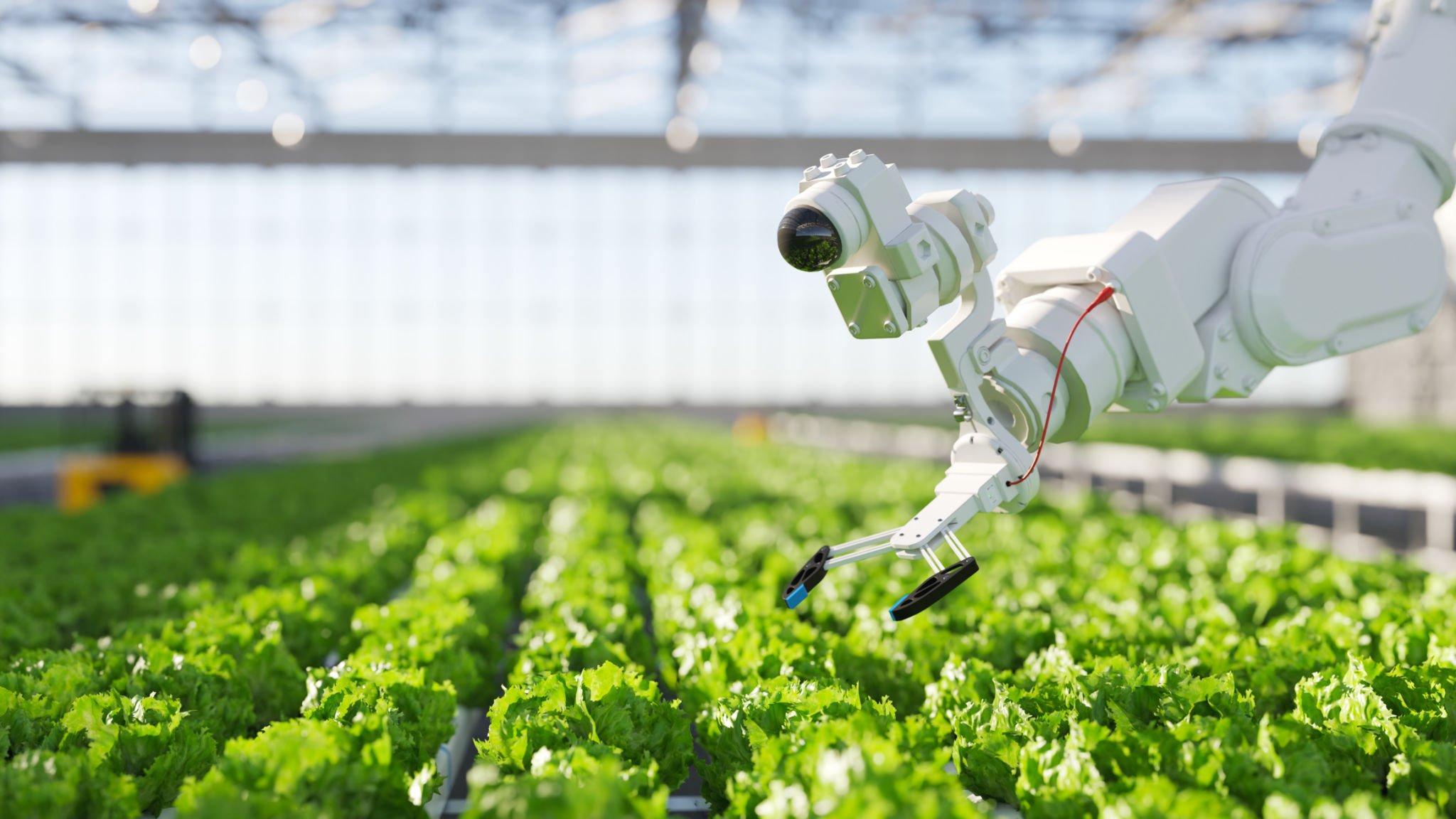Agricultural Robots Revolutionizing Best Farming with Automation
Table of Contents
Introduction
In the vast expanse of the agricultural industry, where food production is paramount, a quiet revolution is underway. It’s not the kind of revolution that involves protests and rallies; instead, it’s driven by the quiet hum of machines and the precision of technology. Agricultural robots are rewriting the rules of farming, and in this article, we will delve into their emergence, their purpose, and their incredible impact on modern agriculture.
A. Brief overview of the agricultural industry
Agriculture is the backbone of human civilization, providing sustenance and livelihood to billions across the globe. From the traditional plowing of fields to the modern era of agribusiness, farming has seen significant changes over the centuries. However, the fundamental goal remains the same: to produce food efficiently and sustainably.
B. The emergence of agricultural robots
In recent years, a new player has entered the agricultural arena – robots. These technological marvels are designed to revolutionize the way we farm, addressing some of the longstanding challenges and inefficiencies that have plagued the industry.
C. Purpose and scope of the article
This article aims to provide a comprehensive understanding of agricultural robots, from their inception to their future prospects. We will explore the need for agricultural automation, the various types of agricultural robots, the technological advancements driving their growth, real-world case studies, and the benefits and challenges associated with their adoption.
The Need for Agricultural Automation

A. Challenges in traditional farming methods
Traditional farming methods have served humanity well for generations, but they are not without their challenges. Labor-intensive processes, susceptibility to environmental factors, and the need for vast expanses of land are some of the issues that have been long-standing concerns.
B. Increasing global food demand
With the world’s population steadily rising, the demand for food is ever-increasing. Agricultural automation presents a viable solution to meet this demand while optimizing resources.
C. Environmental concerns
Modern agriculture has been criticized for its environmental impact. The excessive use of pesticides, water, and land has raised concerns about sustainability. Agricultural robots can contribute to more environmentally friendly practices.
Types of Agricultural Robots
Agricultural robots come in various forms, each tailored to specific tasks within the farming process.
A. Autonomous Tractors
Autonomous tractors are the workhorses of modern agriculture. They are equipped with advanced technology that allows them to operate without human intervention.
1. Features and capabilities
These tractors are equipped with GPS, sensors, and advanced navigation systems that enable precise operations such as planting, plowing, and harvesting.
2. Benefits for farmers
Farmers benefit from reduced labor costs, increased efficiency, and the ability to work 24/7, regardless of weather conditions.
B. Harvesting Robots
Harvesting robots are designed for one of the most labor-intensive and crucial tasks in agriculture – harvesting crops.
1. Crop-specific robots (e.g., fruit-picking)
These robots are specialized for particular crops, ensuring gentle and efficient harvesting, especially in delicate fruit orchards.
2. Efficiency and precision
Harvesting robots reduce crop wastage, improve yield, and enhance the quality of harvested produce.
C. Crop Monitoring and Management Robots
Ensuring the health of crops and optimizing resource use is essential in modern agriculture.
1. Soil analysis robots
These robots analyze soil conditions, enabling farmers to make informed decisions about fertilization and irrigation.
2. Pest control robots
Robotic pest controllers can identify and mitigate pest infestations early, reducing the need for chemical pesticides.
Advancements in Robotics Technology

A. Artificial Intelligence in agriculture
AI is at the heart of agricultural robotics, enabling machines to make real-time decisions and adapt to changing conditions.
B. Sensing technologies (e.g., LiDAR, drones)
Sensors like LiDAR and drones provide critical data for crop health monitoring and precision farming.
C. Data analytics and decision support systems
Advanced data analytics help farmers optimize their operations, from planting to harvest, leading to higher yields and resource savings.
Case Studies
A. Successful implementations of agricultural robots
We will explore real-world examples of farms and agricultural enterprises that have embraced robotic technology, showcasing their achievements and successes.
B. Real-world benefits for farmers
Farmers who have adopted these technologies share their experiences, shedding light on the tangible benefits of agricultural robots.
C. Cost-effectiveness and ROI
We will discuss the initial investment required and the long-term returns on investment that farmers can expect.
Benefits of Agricultural Robots

A. Increased productivity and yield
Agricultural robots significantly increase the productivity of farms, leading to higher yields and profitability.
B. Labor-saving and reduced manual work
The automation of labor-intensive tasks reduces the need for a vast workforce, making farming more accessible.
C. Sustainable farming practices
Robots enable more precise resource management, reducing waste and promoting sustainable agriculture.
D. Precision farming and resource optimization
Farmers can make data-driven decisions, optimizing the use of water, fertilizers, and pesticides.
Challenges and Concerns

A. Initial costs and adoption barriers
The upfront costs of agricultural robots can be a barrier to entry for many farmers, particularly small-scale operations.
B. Technical issues and maintenance
Robots require regular maintenance and technical expertise, which can be challenging for some farmers to manage.
C. Ethical and social implications
As robots take over tasks traditionally performed by humans, ethical questions about job displacement and societal impacts arise.
Future Trends and Innovations
A. Integration with IoT and smart farming
The integration of agricultural robots with the Internet of Things (IoT) promises more intelligent and connected farms.
B. Multi-functional robots for diverse tasks
Robots that can perform a variety of tasks on the farm will become more prevalent, further enhancing efficiency.
C. International adoption and market growth
The adoption of agricultural robots is not limited to a single region, and the market is poised for substantial growth globally.
Conclusion
In conclusion, agricultural robots are revolutionizing farming in the 21st century. They offer solutions to age-old challenges, such as labor shortages, resource inefficiency, and environmental concerns. With their advanced capabilities, these robots have the potential to transform agriculture into a more sustainable, efficient, and productive industry.
As we look ahead, the integration of agricultural robots with IoT, the development of multi-functional robots, and the global expansion of this technology paint a promising picture for the future of farming. It is clear that these machines are not just tools; they are the harbingers of a new era in agriculture.
So, whether you are a farmer looking to enhance your productivity or a technology enthusiast intrigued by the synergy of robotics and agriculture, it’s time to keep a close eye on the evolving landscape of agricultural automation.
(FAQs)
How do autonomous tractors work?
We’ll explain the technology behind autonomous tractors and how they navigate fields.
Can agricultural robots replace human labor entirely?
We’ll discuss the role of robots in farming and their impact on employment.
Are agricultural robots environmentally friendly?
We’ll explore how robotic farming can contribute to more sustainable agriculture.
What is the average cost of an agricultural robot?
We’ll provide insights into the cost considerations for adopting robotic technology.
How can small-scale farmers benefit from this technology?
We’ll highlight ways in which even small-scale farmers can leverage agricultural robots.
Are there any safety concerns associated with agricultural robots?
We’ll address safety concerns and precautions when working with these machines.
What crops are best suited for robotic harvesting?
We’ll identify the types of crops that benefit most from robotic harvesting.
How does AI improve crop monitoring and management?
We’ll explain how AI-powered systems enhance crop care.
Are there any government incentives for adopting agricultural robots?
We’ll discuss potential government incentives and support programs that encourage the adoption of agricultural robots.
What are the key players in the agricultural robotics industry?
We’ll introduce you to the leading companies and organizations driving innovation in the agricultural robotics sector.
MAY YOU LIKE : Best Humanoid Robots Bridging the Gap Between Fiction and Reality

